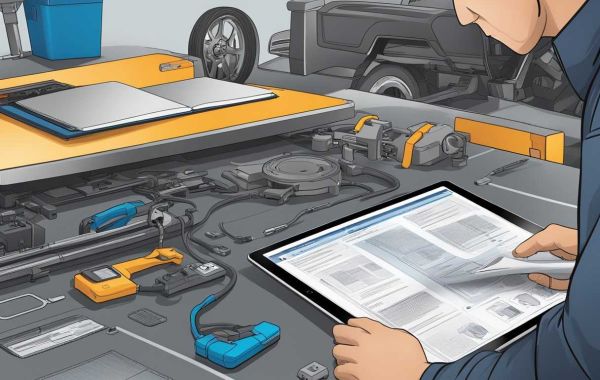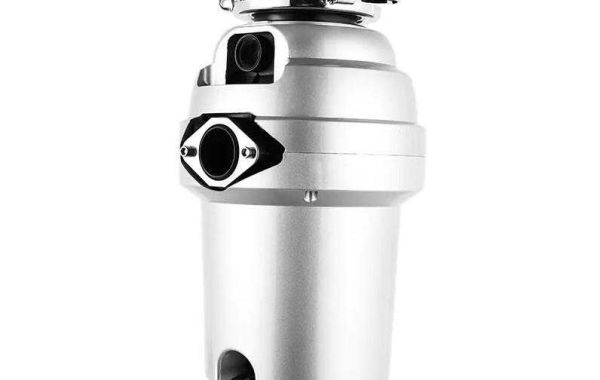When you need to fix your car, having the right manual is crucial. With the rise of technology, car owners now have the choice between digital and printed auto repair manuals. Digital manuals provide easy access and quick updates, making them convenient for tech-savvy users. They can be accessed on various devices, allowing users to take them anywhere.
Printed manuals have been a staple for mechanics and car owners for years. They are often detailed and can be used even when you're offline or in places without internet access. Some people prefer physical copies because they can easily flip through pages and make notes.
Both digital and printed manuals have their advantages. While digital versions offer ease of access and modern convenience, printed manuals deliver reliability without the need for an internet connection. Choosing between the two often depends on personal preference and specific needs.
Evolution of Auto Repair Manuals
Auto repair manuals have undergone significant changes. They shifted from bulky print editions to streamlined digital formats. New technologies have revolutionized how these manuals are designed and accessed, providing users with interactive experiences.
Transition From Print to Digital
Early auto repair manuals were heavy books filled with detailed schematics and instructions. They were essential for mechanics and car enthusiasts. But as more vehicles were built, these manuals became bulkier and harder to manage.
The shift to digital manuals marked a significant change. They are easier to update and distribute. Users can now search for information quickly, without flipping through hundreds of pages. Digital formats have also enabled smoother incorporation of multimedia elements like videos and animations.
Printed manuals still exist, but their role has decreased. Mechanics and car owners increasingly prefer digital versions for their portability and ease of access. This transition has made maintaining and repairing vehicles more efficient.
Technological Advancements in Manual Design
Technological advancements have greatly enhanced auto repair manuals. Digital manuals now feature interactive tools and enhanced graphics. This has improved user experience by making manuals more intuitive.
For instance, augmented reality (AR) applications provide step-by-step instructions overlaid on actual car components. This helps in visualizing the repair process. Additionally, cloud-based platforms enable real-time updates and access from various devices.
Such technological upgrades offer significant benefits. They deliver more precise information, reduce errors, and save time. Professionals and DIY enthusiasts alike benefit from these innovations, making repair work less daunting.
Technological progress in manual design continues to evolve, promising further improvements and integration with emerging car technologies.
Accessibility and Portability
Digital and printed auto repair manuals differ in how easily they can be accessed and transported. These differences can impact how effective each type is in various situations.
Physical Space Requirements
Printed manuals take up physical space. They require bookshelves or other storage areas. Each book can vary in size and weight, impacting where they can be kept. Larger collections can become cumbersome in small workshops.
Digital manuals, on the other hand, exist on electronic devices. They do not need physical storage. This allows them to be accessed on computers, tablets, or smartphones. Multiple manuals can also be stored on a single device, greatly reducing the physical footprint.
Ease of Access
Printed manuals require physically flipping through pages. Locating specific information means using a table of contents or index. This can be time-consuming, especially if the manual is large. Reading might also require good lighting.
Digital manuals offer search functions. Users can type in keywords to directly find information. They can also adjust screen brightness for easy reading in various lighting conditions. Digital manuals might also provide multimedia content like videos or animations to help explain complex topics.
Searchability and Navigation
Digital and printed auto repair manuals differ greatly in how users search for information and navigate their contents. Each format offers unique tools for finding and accessing information quickly.
Index and Search Functions
Printed manuals usually come with an index at the end. This allows users to look up topics by page number. While it is helpful, it can take some time to locate the correct information. Readers must then manually flip through pages to reach the desired section.
Digital manuals excel in search functions. Users can type specific keywords into a search bar and find relevant sections in seconds. This feature saves a lot of time and hassle, especially when dealing with complex topics. Searching digitally eliminates the need to manually sift through pages. This quick access to information improves efficiency and can be more convenient than traditional manuals.
Hyperlinking and Interactive Elements
Digital manuals also include hyperlinking, which connects related sections. By clicking a link, users can jump directly to relevant parts of the manual without flipping through pages. This makes learning about systems or parts more intuitive.
Interactive elements like videos and diagrams often accompany digital manuals. These features help users understand complex procedures clearly. A few manuals even have step-by-step guides with clickable instructions, enhancing the ease of navigation. Printed manuals lack these dynamic features, requiring users to visualize steps or look at static images.
Digital manuals offer a modern approach to navigation. They use technology to enhance learning and comprehension. Hyperlinks and interactive elements provide digital manuals with a major advantage over their printed counterparts.
Content and Updates
Digital and printed auto repair manuals vary significantly in the depth of information they provide and their update frequency. Digital versions tend to be more current and easier to update than printed ones. The following subsections explore these aspects in detail, highlighting the main differences in content and update frequency.
Comprehensiveness of Information
Printed manuals often include basic repair instructions and diagrams. These guides are fixed, featuring what was known at the time of printing. While they're reliable for standard repairs, they may lack details on newer car models or updated repair techniques.
Digital manuals, on the other hand, usually offer broader content coverage. They can easily include multimedia elements like videos and interactive diagrams. This is helpful for complex repairs. Because they can be updated regularly, they adapt to new models and repair advice more swiftly. As a result, digital manuals often have more comprehensive information.
Frequency and Ease of Updates
Printed manuals are typically updated with each new edition, which can take months or even years. Getting the latest repair methods into a printed version involves significant production time.
Digital manuals, in contrast, allow for frequent updates. Users can receive new information almost instantly when it becomes available. Update processes are straightforward and often automatic or user-initiated with a simple download. This makes digital manuals highly flexible and current, offering users the latest insights into auto repair needs without delay.
Environmental Impact and Cost Efficiency
Digital and printed auto repair manuals affect both the environment and finances. Digital versions reduce paper use, while long-term costs differ between the two formats. Specific advantages and disadvantages exist for each type, influencing both the environment and cost efficiency.
Reduction of Paper Usage
Digital manuals greatly reduce the need for paper. Printed manuals require paper for every new edition, leading to significant consumption. This usage contributes to deforestation and increased carbon emissions associated with paper manufacturing and transport. Digital formats, on the other hand, do not require physical resources.
Storing digital manuals uses energy and materials for servers, but the impact is less compared to printing. Accessing a manual online or through a device doesn't involve shipping or packaging. The digital route helps in decreasing waste as no physical copies are discarded.
Selecting digital manuals over printed ones helps in minimizing physical waste. While the energy used to maintain digital systems is a factor to consider, digital options still typically present a smaller environmental footprint.
Long-Term Cost Implications
Printed manuals incur costs related to printing, shipping, and storage. Whenever a new model or update comes out, new manuals must often be purchased. This makes printed manuals more expensive over time due to recurring costs.
Digital manuals often have a one-time purchase fee or a subscription model. This can be more cost-effective especially with regular updates available without extra charge. Initial investments for a device or digital platform might seem high but usually pay off through future savings.
Choosing digital manuals also involves reconsidering access options, such as the cost of devices or software upgrades. However, these are often manageable and offset by lower ongoing expenses compared to physical manuals.








